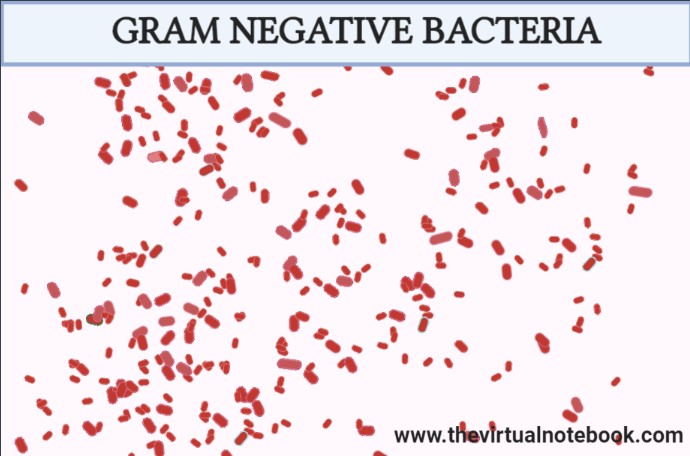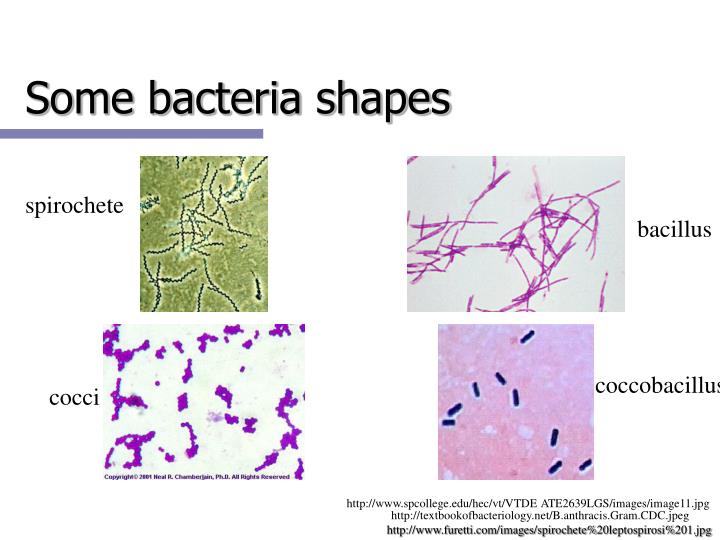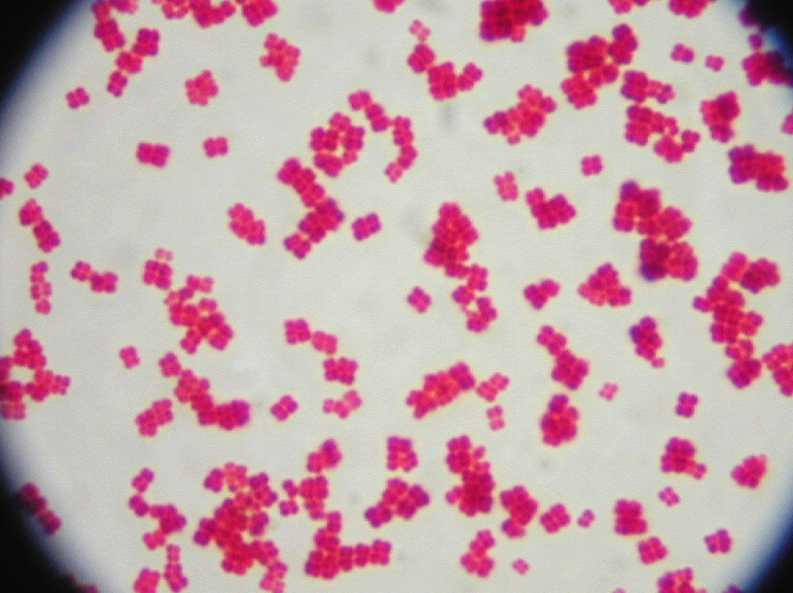


coli cells require a rigid outer membrane to survive, but not too rigid to prevent them from changing cell shape. These results strongly suggest that wall-deficient E. In contrast, ompA and pal mutants could be deformed and return to small oval cells even when less physical force was exerted. Deletion of lpp caused cells to lyse during cell deformation and cell division. Outer membrane rigidity could be compromised by lack of outer membrane proteins Lpp, OmpA, or Pal. L-form cells could return to rod-shaped when trapped in a narrow space, but not in a wide space, likely due to insufficient physical force. Using a microfluidic system, we found that, upon treatment with the outer membrane-disrupting drugs polymyxin B and polymyxin B nonapeptide or with the outer membrane synthesis inhibitor CHIR-090, the cells lysed during cell deformation and division, indicating that the outer membrane was important even in hypertonic medium. However, it remains unclear why L-form cells need the outer membrane for growth. Recently, the outer membrane was reported to provide rigidity to Gram-negative bacteria and to strengthen wall-deficient cells. Upon removal of the inhibitor, they return to the walled rod-shaped state. These so-called L-form cells grow well under anaerobic conditions (i.e., in the absence of oxidative stress), becoming deformed and dividing as L-form. coli treated with a cell wall synthesis inhibitor such as penicillin G form wall-deficient cells.

coli allows cells to withstand turgor pressure in hypotonic medium. Even if thinner than in many Gram-positive bacteria, the peptidoglycan in E. Gram-negative bacteria such as Escherichia coli are surrounded by an outer membrane, which encloses a peptidoglycan layer. 2Department of Biotechnology, Toyama Prefectural University, Toyama, Japan.1Department of Life Science, College of Science, Rikkyo University, Tokyo, Japan.Taiki Chikada 1 Tomomi Kanai 1 Masafumi Hayashi 1 Taishi Kasai 1 Taku Oshima 2* Daisuke Shiomi 1*


 0 kommentar(er)
0 kommentar(er)
